
In the world of collector JNCs, there is a hierarchy. Ultra-rare, highly sought after blue chips include the Toyota 2000GT, Mazda Cosmo Sport and Hakosuka Skyline GT-R. Continuing down through “affordable” classics like the Celica, RX-7 and 240Z, somewhere towards the bottom are cars that live in the shadows of the aforementioned. This is where the S130 resides, and cars like it are an absolute god-send for people looking for a JNC on a budget. The question is, was the S130 280ZX that bad?
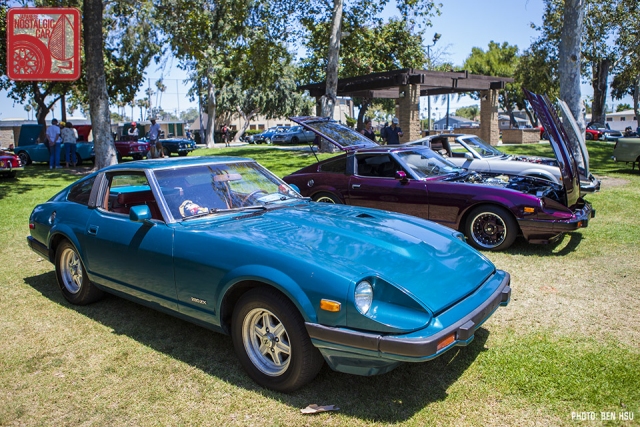
To put it short, no. Is it as visceral as an S30? Also, no. Does it deserve the bad rap that it gets? That’s going to be a third nope. The list of grievances levied against the S130 reads longer than a record of war crimes committed by Sheev Palpatine. While a couple of them have some merit, many more are exaggerated. The S130 has its redeeming qualities, and is actually pretty cool in it’s own right.
You can do a lot worse than a car which takes the foundations from one of the best sports cars of the 1970s and utilizes them to create a grand touring platform. The car’s drivetrain is almost the exactly the same as the beloved 280Z, but with a more luxurious techno-futuristic interior and, later, turbocharging.
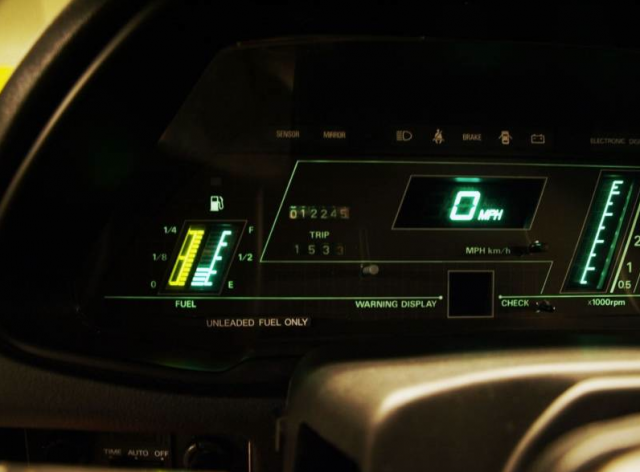
The S130 featured a softer ride, power steering and about 600 pounds of luxury fluff than the original 240Z. These combined to create a reputation of the 280ZX being bloated, but those same technologies make it much more livable today as a daily driver.
While the soft ride we could’ve done without, that is easily remedied with an aftermarket suspension. Features inside the car, especially after the mid-model refresh, made it particularly interesting. Items like a digital dashboard, T-top roof, and voice warning system made the car feel more like Luke Skywalker’s X-Wing rather than something produced on Earth during the early 1980s.
With power being extremely hard to make thanks to emissions regulations, Nissan invested heavily in aerodynamics. It was the first Z-Car to receive wind tunnel testing, the results of which were drastic. While S30 had a refrigerator-like drag coefficient of 0.467, the S130 cut it down to a greasy 0.385, an 18 percent drop. Nissan also acknowledged that safety bumper regulations weren’t going anywhere, so they leaned into them, integrating the bumper into an overall more streamlined shape that had a lower center of gravity than the S30.
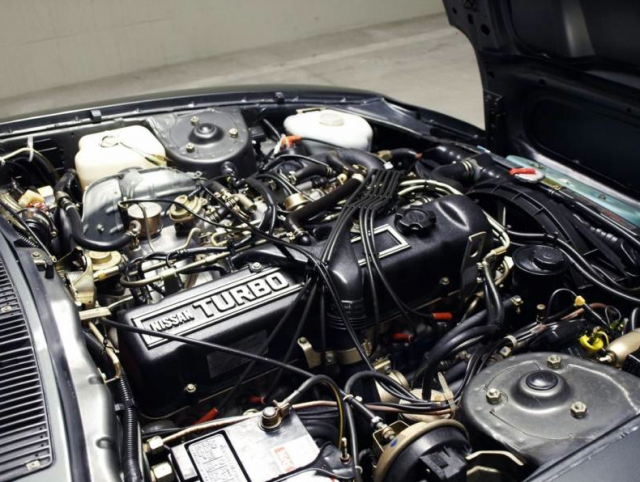
Under the hood, Nissan stayed true to the L28E engine, with electronic fuel injection in lieu of carburetors. In naturally aspirated form, it made a modest 135 horsepower. However, these numbers were made to look lower than they actually were due a switch from gross horsepower to SAE net horsepower. In practice, that meant performance was slower than the 240Z from zero to 60 mph, but quarter-mile times were about the same.
The numbers stayed largely the same until 1981, when North America was granted the 280ZX Turbo. It featured a massaged L28ET that utilized an non-intercooled AiResearch TB03 turbocharger pressurized to 6.8 psi for 180 horsepower. This much needed boost completely changed the 280ZX and made it the fastest Japanese import you could buy. It’s 0-60 time was suddenly a Ferrari-beating 7.1 seconds, while the exponentially more expensive Magnum P.I. 308 GTSi was only able to manage 7.9 seconds.
The car was a relative let-down compared to the original S30 in the corners. That’s partially due to an extra 600 pounds of weight, but also a byproduct of Nissan going for a more luxurious GT feel to the car. The chief complaint was its mammoth amount of body roll. Many Z-Car fans said it “rode like a Cadillac,” but I’ll be the first to call that unfair. Frankly, every single 80s car had ridiculous body roll, and as much as there was, it still exhibited appreciably better handling that in a Big Three car of the era. The the S130 was the Americanized version the Z-Car, designed around our own perverse automotive penchant for driving down straight roads at 55 mph.

The car was more than a boardroom compromise though; its racing pedigree is longer than Manute Bol’s forearm. Paul Newman famously piloted the 280ZX to victory in the SCCA C-Production category during his career racing for Bob Sharp. While Newman was the most famous driver, the majority of the S130’s motorsports successes came from Electromotive’s program, with Tony Adamowicz taking the 280ZX to an IMSA GTU class win in 1981, followed by a GTO win in 1982 and 1983. This is in addition to Electromotive’s wins in 1979 and 1980 as well.
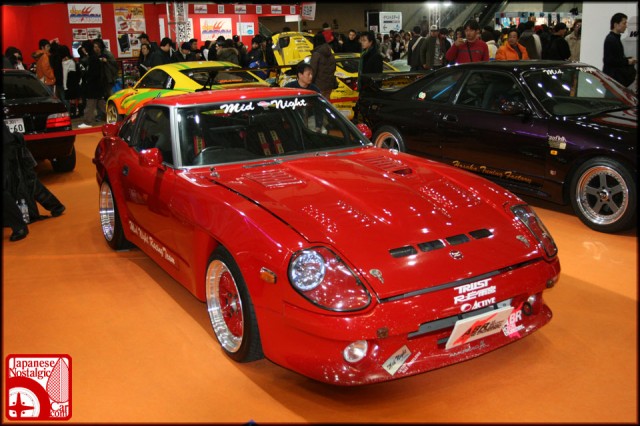
In Japan, although there were a number of well-built S130s, the most famous by far was the Mid Night Club Z. One of the fastest cars of the infamous Japanese street racing team, it was at its peak capable of maintaining 216 mph for nearly 20 minutes and made a staggering 680 horsepower out of a turbocharged and stroked 3.1-liter L-series. ABR Hosoki was the company behind the bodykit (which is apparently still for sale) and it’s rare to find a car that takes to aftermarket bodywork better than the S130.
Though much maligned in hindsight, the S130 was actually quite the “it” car when it was new. During the Mid Night Club glory days in the late-80s and 90s, this car would go toe-to-toe with the Yoshida Specials 930 Porsche 911. There was a manga and anime series you may know called Wangan Midnight that portrayed this rivalry, only switching the S130 for an S30 chassis. Today, the Devil Z, as it’s known, does the rounds on the Japanese show circuit completely unchanged from it’s days terrorizing the Tokyo highway system.
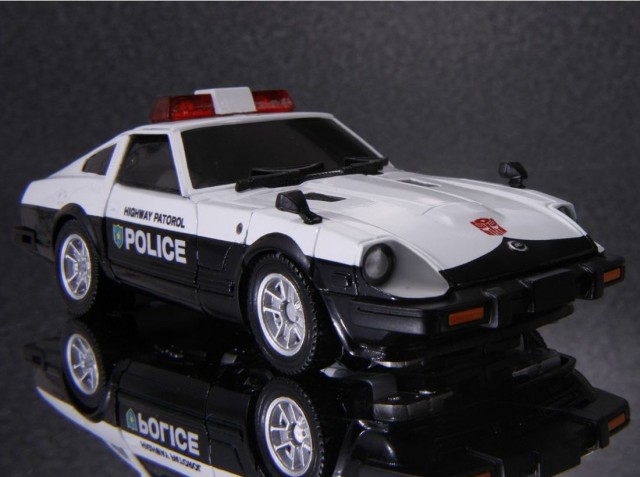
In addition to being robbed of the Devil Z role in Wangan Midnight, the car was also robbed of a much more famous role here in America as K.I.T.T. in Knight Rider. David Hasselhoff was instead seen in a third0generation Pontiac Trans-Am, an decision after GM swooped in with a sponsorship deal for the starring role.
In Japan, however, the car was much more prolific on the small screen. It was seen in Seibu Keisatsu as the machine gun-laden and gullwing-doored Super-Z, in addition to being immortalized as a Transformer as well.
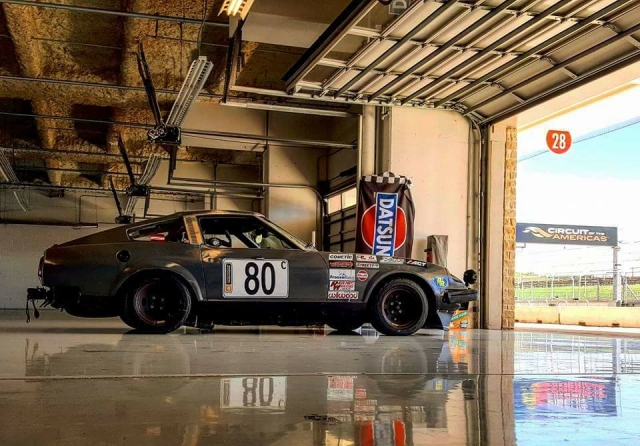
An S130 gives you about 70 percent of the S30 experience at about a seventh of the price. The most common path taken with an S130 is to modify it in order to recoup that last 30 percent. A set of side-draft carburetors allows you to open up an NA engine, a custom built 2.5-inch exhaust lets the air out, and with a good muffler the L-series will sound properly mean.
For suspension, you can go all the way and weld in coilovers meant for an S13, or drop by Techno Toy Tuning for bolt-in coilovers, but unless you’re jonesing to put your stance pants on or set lap records, some basic lowering springs should suffice. The key, as always, is quality first.
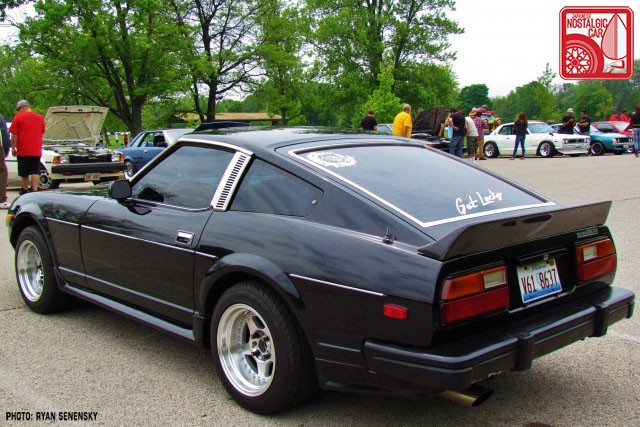
To be entirely honest, the slightly sharper lines of the S130 really do it for me. The rear has a chiseled, muscular feel to it. Then there’s the chrome trim on the B-pillar that makes the car feel like a cyborg S30. The only aesthetic part of the S130 that I could live without is the standard front end, but that’s completely rectified with acrylic headlight covers. A lowered S130 has one of the best rear three-quarters of the late-70s. It’s not that the car’s ugly if left in stock form; it just has so much to more gain.
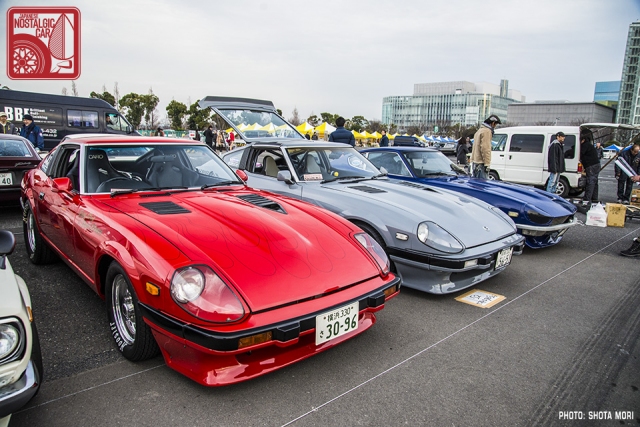
For the prospective S130 buyer, the best Concours-quality, fully optioned 1983 280ZX manual turbo will set you back around $24,000, but the overwhelming majority of 280ZXes remain in the $3,000 to $8,000 range. You can still find them below $2,000 if you are willing to do some digging or would settle for an automatic transmission or a 2+2 in less-than-stellar condition. The availability of inexpensive examples and a general renewed interest in 80s GT cars has led to the beginnings of a resurgence in popularity.
If you look at 280ZX as a standalone car, not as the successor to the 240Z, you’ll find that it’s a well-sorted GT that provided the first gasp of 80s optimism so desperately needed in 1979. While it would be crazy to call the S130 the next big thing, they have their own charm that many have begun to appreciate. With some love and the right parts, they’re diamonds in the rough.


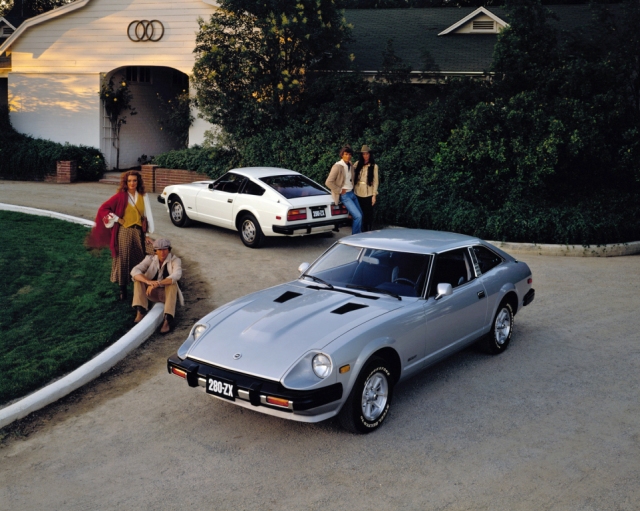
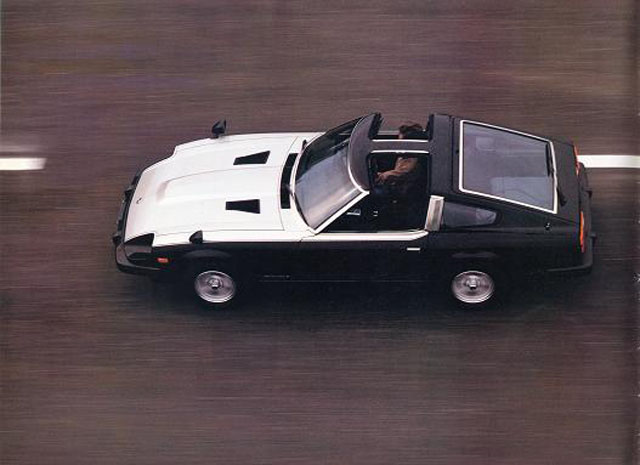




After more then a decade of driving some 280zx’s i can say that it was a very nice handling car. (dayly driver) I’ve had a 280zx 1980 2+2 for 11 years and a 1983 2+2 for about 3 years, both non-turbo and with that T-bar..
Now i’m restoring a first edition euro style 1979 2+2 without the T-bar! Why without the T-bar? The problem with those T-bar is… no not that it leaks, i had never that problem… no, the car warps much to much with T-bar. As the car is very long and slender, the T-roof makes it even worse. If you want to buy a Tbar, open the hood and put it with 1 frontwheel on the (6 inch) higher sidewalk.. you will see that the lock of the hood can’t be closed, i’ve seen that it was off for more than 5 cm or 2 inches!!
Most 280zx’s have hassle free engines and electronics, it’s the bodywork that’s the problem, if you come by one that has had the anti-rust treatment (you will see a lot of little plastic caps in the bodywork) than that’s a PLUS! Low miles on the clock is prefered but know that a L28 can drive 250k miles or 400000 km trouble free….(if well treated.)
Bro – If it flexing that much its due to rust
The Pontiac Trans Am of JNCs.
There, I said it.
Are they bad cars functionally? No. But spiritually they lost everything that made the original 240Z the great car it remains to this day, and it marked the long, slow slide to enthusiast irrelevance that affects Nissan to this day, all GTRs not withstanding.
Why do the 2+2’s always get a bad rep?
I think it’s the elongated roof line that throws people off. I like the 2+2 when it’s lowered properly quite a bit. Let’s just appreciate that the most functional variant is also the cheapest too.
At least to me I dont think the body design of the s30, s130 and even the Z31 work as a four seater. Its supposed to be a long nose with a short cabin. The 2+2s make the whole thing just look too big for me, loses the sports car look
I’m sure it’ll have it’s day, but in the meantime I find these deeply unattractive. A once-pretty late-60s/early-70s shape dragged kicking, screaming and badly beaten into the 1980s.
Fun fact: Early 280ZXs (up to 1981 I think) with power steering used a recirculating ball gear box, whereas those with manual steering used a rack and pinion unit. Eventually the power steering equipped cars got a rack too.
I can’t think of any other car where power vs manual steering resulted in two very different steering designs.
That is true, I thought about fitting that in but that would have led down a rabbit hole that was beyond the scope of this article. There were a few cars back in the 80s that did bizarre things like that.
As a longtime S130 owner, I have to point out what jumped out to me as a glaring flaw in the article. S130s do not have and never have had mechanical fuel injection. They have always been electronic, with the non-turbo cars receiving a Hitachi built variant of the Bosch L-Jetronic fuel injection system, and the Turbo cars using the L-Jetronic undehood parts driven by the first generation of Nissan’s ECCS engine management system.
That said, it always makes me warm and fuzzy to see positive things said about the car. Call me a heretic, but I think the S130 looks better than the S30. The pointed nose, the hard edged fender tops, it looks more like what a concept drawing of an S30 might be.
And of course, if you don’t like the more plush grand-tourer feel, suspension can be made to respond much better with a set of progressive springs and gas struts. Not an expensive upgrade, and after 30+ years, the car will have been due for a suspension refresh anyway. The turbo models, for its part, has an extremely rudimentary turbocharging system, which responds very well to basic modifications that update it. Adding a boost controller and an intercooler will let you raise its 190 HP to over 200 with little effort. And of course with some more intense effort, the L28ET engine can be made to compete with much more desired Nissan engines and yet remain a reliable powerplant.
Noted, thank you.
If you read the articles from Road and Track, Car and Driver, and MotorTrend when the 280zx was first released the curb weights between a 1978 280z and a 1979 280zx are only around 50 lbs. different with the 280zx being 50 lbs. heavier in 2 seater non t-top trim.
I am not sure where you are reading the 600 lb. weight difference unless you are comparing a series 1 240z with a fully loaded 280zx 2+2. Please don’t trust everything you read in wikipedia.
In addition, in 1981 Nissan made some tweaks and the 280zx in NA trim was equipped with 145 hp and 156 lb/ft of torque which compares to a 1978 280z with 149 hp and 170 lb/ft of torque using SAE net numbers.
As a long time owner of many late model S30 280z’s and S130 cars I can say that there are more similarities than differences. One of my S130’s is a 1981 blackout edition which was a ‘loss leader’ and was produced as a 2 seater without t-tops. It also has manual windows, no cruise control, no 10 function check, and no rear wiper and the old analog style radio. It also was produced in medium gray metallic paint and the window moldings were blacked out and the space between the taillights was also painted flat black. It was equipped with an R-180 3.545 rear axle ratio and will see 505 miles on the open highway at 60-65 mph.
Not a bad article but please check the facts and don’t trust everything on wikipedia.
It looks like these issues were more a matter of not clarifying than just blatantly false information. I clarified it to make it more clear.
Thank you for noticing.
I think it’s interesting how the ZX is widely seen as undesirable now, yet at the time the extra comfort and liveability made it a sales hit with new-car buyers of the early 80s. It seems that the factors that make a car a classic – roughly, a raw sportiness that is exciting and puts you in touch with the machine – are the opposite of those that make a car popular when new, ie comfort and luxurious isolation from the road. So sporty cars sell poorly when new but are desired as classics, whereas comfortable ones are the opposite. Supply and demand thus set very different prices.
This shouldn’t be laid at the door of the S130 uniquely; the Jag XJS was dirt-cheap for decades while the E-Type commands high prices; the Honda NSX came out almost contemporaneously with the Lexus LS400 and Mazda Eunos Cosmo, and while all are probably equally impressive as automotive achievements, only the NSX commands high prices.
Incidentally, sustaining 216 mph for 20 minutes is impressive today, never mind in the 80s; you would cover 72 miles in that 20 minutes, or 115km. That would be enough to shoot from Yokohama zoo, out onto the famed Wangan, around Yokohama’s shipyards, northwards under Haneda aiport, blast straight through Odaiba island in 42 seconds flat, straight past Tokyo Disneyland, past the Auto Salon at Makuhari Messe, before turning inland and arriving at Narita airport in a haze of turbo heat. Just the thing if you’re worried about missing your flight!
Found your comparison of the NSX and LS400 interesting, and I think there might be more to it than the liveability factor. It’s rarer and more exotic for a start (the Cosmo is too, but that car is also obscure and less desirable to as many people), but I think there’s also an element that it was never followed up until very recently.
A generation or more of car enthusiasts have had time to digest all they can about the car and develop lust for one, and doubtless its inclusion in videogames has kick-started a new generation in a way a luxury saloon is less likely to.
The LS400 on the other hand had the same development process of pretty much any other car, replaced by model after model, all of which did as much and more as the original could – more luxury, more silence, more equipment etc. It’s much more like a “normal” car, despite it being very impressive at the time, but it may still rise in value eventually.
XJS vs E-type was just unluckiness on the part of the XJS. It was a technological improvement, but nowhere near as iconic. It’s a bit like comparing the values of original Minis and its intended replacement, the Austin Metro. The Metro was a better car in many ways over the Mini, but the Mini’s reputation and status mean it will always be vastly more desirable and therefore more valuable.
Hey guys, I clearly remember the post where the Hosoki S130… the car of the mid nihgt club was featured in “life” pictures, like the one you have used on this article, but I fail to find it using the searcher integrated on the web. Can you help me to find it out and other mid night club features related to it? Thanks!
I’m new to the s130 scene. I just bought my 1st ever Datsun. A 1979 280zx. She is in need of a lot of love and was to be a flip project. The more I spend time learning about this car and its heritage, the more I want to keep it. Yes there are more out there in better or not so good condition but this one has the multi-color strippedc70’s paint job which I never see. Enjo
I’m new to the S130 scene. I just bought my 1st ever Datsun. A 1979 280zx. She is in need of a lot of love and was to be a flip project. The more I spend time learning about this car and its heritage, the more I want to keep it. Yes there are more out there in better or not so good condition but this one has the multi-color stripped 70’s paint job which I never see around.
I own a 1983 280zx 2+2 and I honestly cant understand how these are not more popular nowadays. Personally I love it, it has so much character. They are just such a cool car and offer an extremely rewarding and reliable classic car experience. The 2+2 cars can look a little odd from certain angles and they don’t photograph well for some reason, but they look great in the flesh.
I have installed some DGR coilovers which are very affordable and perform very well, T3 tri point strut brace and Negative camber roll center adjusters, cold air intake and fidanza lightweight flywheel, 16 inch wheels with decent rubber and its completely changed the experience of driving the car. More and more aftermarket companies are making parts for the S130.
If you cant afford a 240/260/280z but want a very similar experience this is the car for you. my advice would be get the best example you can afford, (these cars are much more difficult to restore than the s30s) and get a later series 2 car 82-83 as they have the steering rack instead of the box and look more attractive with better integrated bumpers. Avoid the 3spd automatic gearbox unless you are willing to do a manual conversion. mine was originally auto and that gearbox deserves to burn in hell.